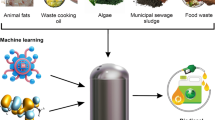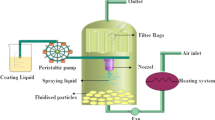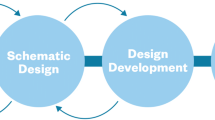Abstract
Compiled in sufficient quantities, the effectiveness of design heuristics (rules-of-thumb) to help identify pollution prevention alternatives has been demonstrated. In this paper, a core structure of associated heuristics and procedures developed using chemical engineering principles are presented for use during conceptual as well as retrofit design. The approach is applicable for continuous bulk processes and has been encoded in the software P2TCP (Pollution Prevention Tool for Continuous Processes), a prototype expert system, to help develop inherently cleaner processes.
Unlike hierarchical or step-wise design techniques, heuristics (knowledge based rules) are presented that help identify potential unit operations and analyze their interactions independently within the reaction and separation systems of a chemical process. Interactions between the reaction and separation systems are then taken into account to further reduce the number of overall flow diagrams requiring subsequent evaluation. Future extensions to the knowledge base and combination with complimentary tools like process simulation packages are envisioned.
Similar content being viewed by others
Author information
Authors and Affiliations
Additional information
Received: 16 April 1999 / Accepted: 27 April 1999
Rights and permissions
About this article
Cite this article
Pennington, D. Chemical process design using heuristics in the context of pollution prevention. Clean Products and Processes 1, 170–179 (1999). https://doi.org/10.1007/s100980050025
Issue Date:
DOI: https://doi.org/10.1007/s100980050025




